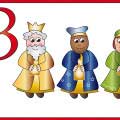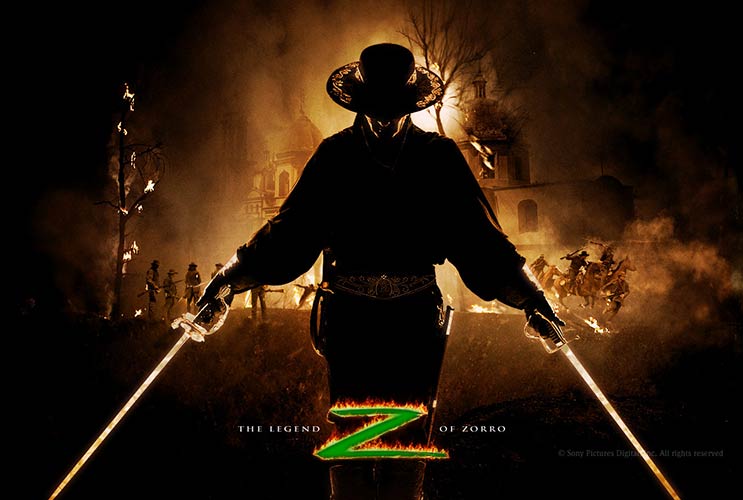
Ah, February 14, Valentine’s Day! Children exchange Valentine’s Day cards at school, guys give the women in their lives heart-shaped boxes of candy, couples exchange “I Love You!” cards and balloons, and we all secretly hope that we’ll be someone’s Valentine. Retailers are well aware of the importance of this day. Last year, all of those cards, balloons and boxes of candy racked up $18.6 billion in sales (that’s right…billion, with a b).
Read Related: For Valentine’s Day, Thoughts on True Love, First Crushes and Second Chances
But Valentine’s Day isn’t just a modern tradition. It has deep roots, leading all the way back to ancient Rome and the early Christians. Further, as an observance, Valentine’s Day dates back to the High Middle Ages. So, let’s take a look at the history and tradition of Valentine’s Day.
To begin with, the day is really called Saint Valentine’s Day. It was originally (and still is) a Roman Catholic feast day, commemorating the life of a certain Valentinus, who was martyred in Rome some time in the 3rd Century A.D. There is no reliable information concerning Saint Valentinus, except that he was martyred somewhere along the Via Flaminia, north of the Imperial City. In fact, there may even have been three saints with the same name, as Valentine, Valentinus or Valentinian were popular Latin names.
Whoever Valentine actually was, the story that has come down to us states that, while he was imprisoned for serving as a Christian priest, he healed the jailer’s daughter from blindness and apparently, fell in love with her. Before he was taken away for execution, he left her a note signed, “Your Valentine.” Thus, the card-giving tradition was born.
The Valentine’s Day story first appears in a religious text dated around 1260, long after both Saint Valentine and the Roman Empire were gone. Several other popular saintly legends, like the tale of Saint George and the Dragon and St. Thomas’ martyrdom in India, seem to derive from the same book. So, the truth of the Saint Valentine’s Day story is questionable.
But, the truth of the story didn’t matter much to folks in the Middle Ages. When printing got started in the 1400s, the Valentine’s Day story was printed, distributed and redistributed, over and over again. First nobles, and then average folks, began exchanging “Your Valentine” notes on that day. The tradition spread throughout Europe and eventually the New World as well.
Americans probably began exchanging simple, handwritten Valentine’s notes in the early 1700s. In 1840, Esther A. Howland of Massachusetts (“the Mother of the Valentine”) began selling elaborate, lacy, mass-produced Valentine’s Day cards. From that point forward, people who could afford to bought Valentine’s Day cards for their loved ones. But the story doesn’t stop there.
In 1910, a young man by name of Joyce Clyde Hall began selling picture post cards on the streets of Kansas City, Missouri. Clyde was soon joined by his brother Rollie, and the Hall Brothers set up a printing office in a rented apartment. After a fire destroyed the apartment in 1915, the brothers, now heavily in debt, hit upon the idea of selling simple, mass produced Valentine’s Day cards. Thus, both a company (Hallmark) and an industry were born. But, the story still doesn’t stop there.
As far back as the 1890s, various candy makers had occasionally offered their customers heart-shaped boxes of candy on Valentine’s Day. The person who is usually given credit for the idea is, actually, Irish-born Richard Cadbury (Cadbury chocolates), who operated his family’s London candy store and factory during that period. But the idea spread very quickly and today, many different companies offer heart-shaped boxes of chocolates.
Speaking of candy, what about those cute little candy “conversation hearts?” It turns out that they have a history, too. Small candy wafers have been popular since at least the early 1800s. In 1847, a man named Oliver R. Chase invented a machine that would punch out little round candy wafers. And so was born the New England Candy Company (or Necco), of Revere, Massachusetts (What is it about Massachusetts and Valentine’s Day traditions?). In 1866, Oliver’s brother, Charles, began selling wafers with messages for special occasions, such as weddings. In 1901, the company began selling heart-shaped wafers for Valentine’s Day.
In the 1930s, a Boston area (Okay, this whole Massachusetts thing has gone too far!) Italian immigrant, Frank Delvecchio, began selling homemade balloons on street corners and in local parks. Frank prospered and eventually opened his own balloon-making factory. Then in the 1970s, Frank’s sons began selling heart-shaped balloons and balloons with greetings printed on them. Other companies soon followed suit.
So there is a short history of Valentine’s Day. Now, go out and buy your loved ones cards and candy, or maybe one of those heart-shaped balloons. After all, why mess with a nearly 2,000 year old tradition?












